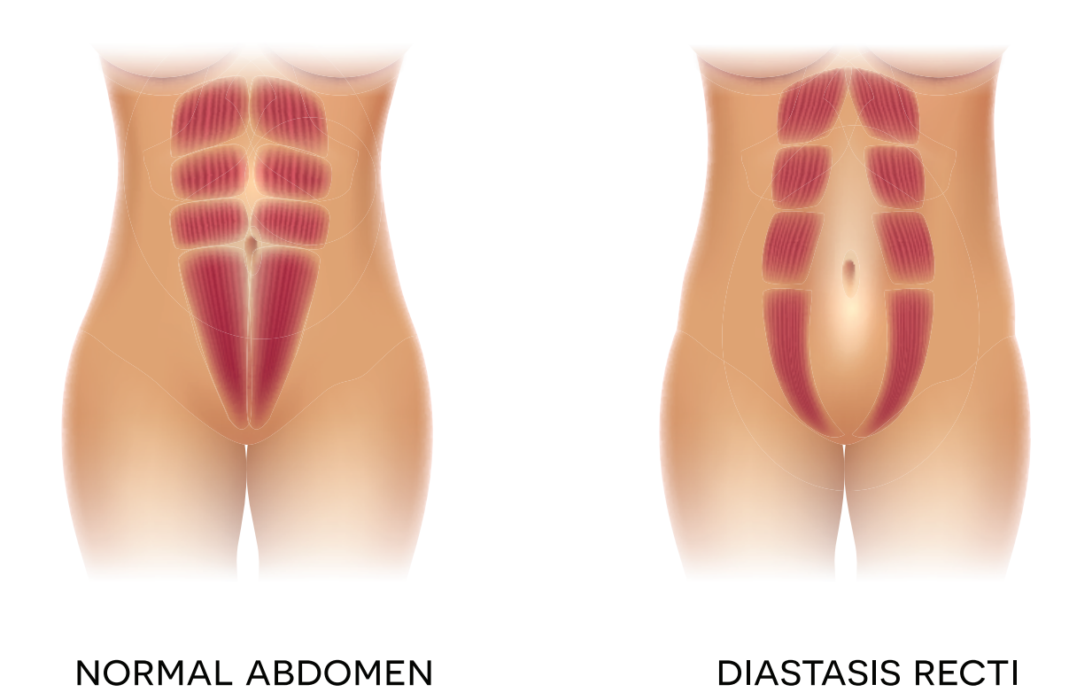Do you have a ‘mummy tummy’?
A mummy tummy is that frustrating post-baby pouch that doesn’t seem go away. It can even sometimes lead to that dreaded embarrassing-for-all “when are you due?” question. One of the most common questions I am asked is whether I can offer any help with this very common issue.
I find that there are generally two ways women react to their post-pregnancy tummy:
- Embrace their new body shape, accepting that they have grown a baby and of course their tummy won’t ever look the same.
- Feel really uncomfortable and take a huge knock in self-confidence. They are generally prepared to do anything possible to return their tummy back to how it used to look.
Yes, there are some women out there who appear to bounce back immediately, and their stomach will look flat and fabulous 3 days after pushing their baby out (I know, not fair…), but there are many others who just cannot seem shift that mummy pouch!
What causes ‘mummy tummy’?
So let’s look at what’s going on with our bodies. During pregnancy, the growing uterus stretches the muscles of the abdomen. This causes the rectus abdominus (6 pack muscle) to separate in the middle – a condition called diastasis recti or diastasis recti abdominus. In this condition, the linea alba elongates and becomes thinner.
All women have some degree of diastasis in pregnancy. Every woman is unique and will have different degrees of separation in their rectus abdominus muscle. It is important to know that it is a normal occurrence which allows the abdomen to expand to accommodate a growing baby.
So, if it’s normal and it happens to all pregnant women, do we then just accept it? Embrace it? Hide it? Wear baggy tops forever?
Can physiotherapy help?
Yes!
After you have given birth to your baby, there will be some natural healing and coming together of the rectus abdominus muscles. Research has found that this natural healing will occur in women up to 8 weeks post-natal. For this reason, I usually suggest that women wait 6-8 weeks to see me. This allows the body some time to heal naturally.
I do lots of things to help treat diastasis recti. The most important element is a bespoke exercise programme to address individual needs. Every woman is different and there is no optimal one size fits all approach. Each woman needs a different programme to target their own split most effectively.
Good nutrition and hydration are also extremely important to facilitate tissue healing. Both of these are therefore discussed during your physiotherapy sessions.
How do you measure or check your split?
It can be tricky to assess yourself. Ideally, an assessment should be carried out by a Specialist Women’s Health Physiotherapist.
There are a number of things to measure and consider when carrying out an assessment. To accurately assess the separation, your physiotherapist should check 4 things:
- The width of the split
- The depth of the split
- The tension of the linea alba
- The vertical separation
Your physiotherapist should also assess your diaphragm (breathing), pelvic floor, posture and other abdominal muscles. These are all interrelated and equally important parts of the puzzle in the assessment and healing of diastasis recti.
So, if you are worried about your ‘mummy tummy’ and want to do something about it, you are not alone. Don’t suffer in silence. Book in today and let me help.
Babs is a Specialist Women’s Health Physiotherapist with 15 years’ experience. She set up Female Focus in 2018 with the aim of providing women with that gold standard care that that they deserve in pregnancy, birth and beyond. She has 3 boys herself, therefore can speak from both personal and professional experience.


Recent Comments